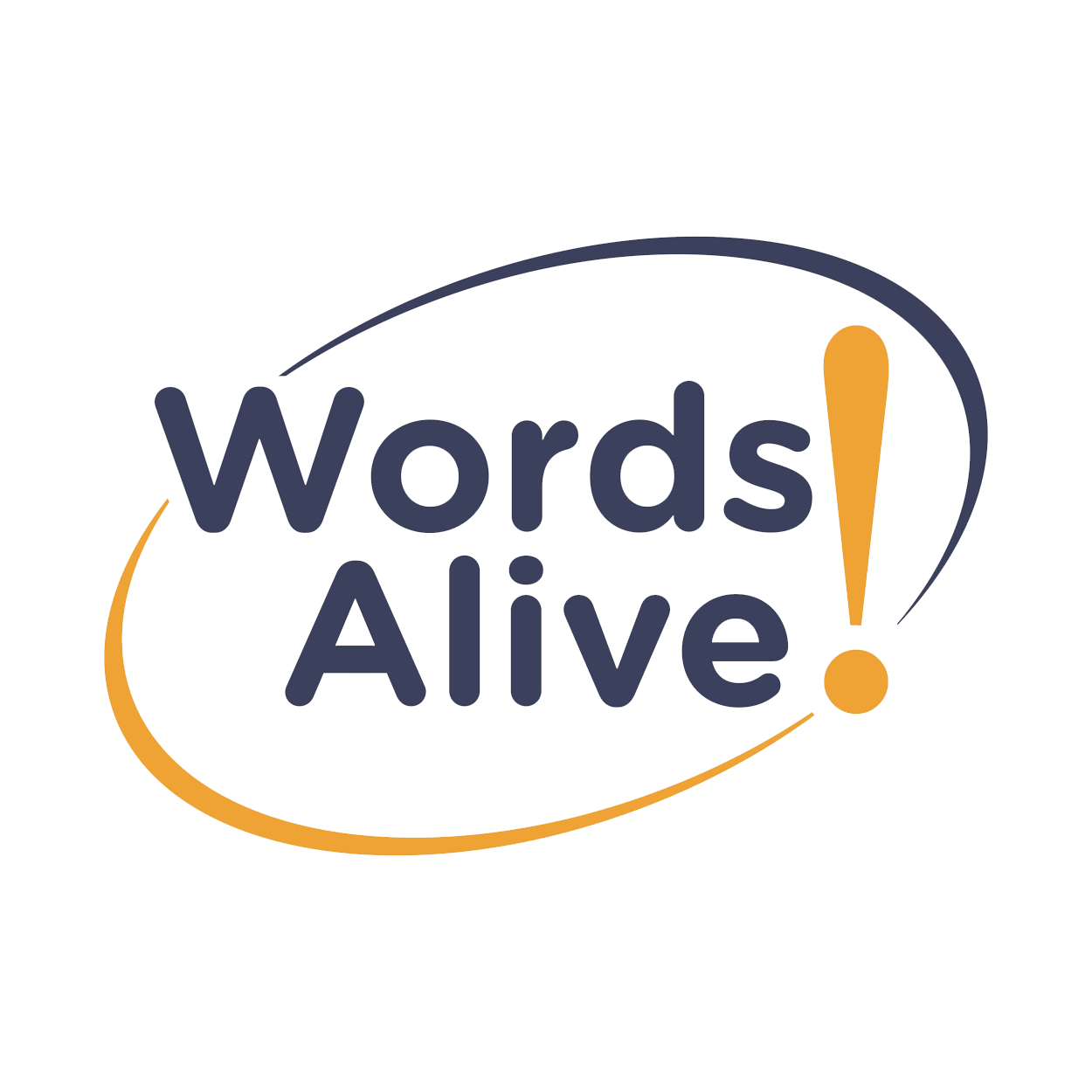By Tait Loghi, Blog Intern
Many of you reading may be asking, “what is social emotional learning (SEL)?” Well, according to the Committee for Children it is defined as, “the process through which children and adults acquire and effectively apply the knowledge, attitudes, and skills necessary to understand and manage emotions, set and achieve positive goals, feel and show empathy for others, establish and maintain positive relationships, and make responsible decisions.” This type of learning promotes several areas of development for the next generation as they get older. For example, empathy, communication, emotional control and management as well as assertiveness are traits that are championed and taught through this method.
Starting back in 1995 with the rise of funding and interest in SEL, and by the beginning of the 2000s, SEL had been implemented in schools in all 50 states as well as internationally. In over two decades of SEL teaching, many studies have been conducted and they have found some amazing results. According to CASEL, a “2011 meta-analysis of 213 studies involving more than 270,000 students, those who participated in evidence-based SEL programs showed an 11% point gain in academic achievement.” Clearly, SEL makes a drastic difference in learning for the children.
Here at Words Alive, we understand that the benefits of reading are multi-faceted and extend way beyond meeting literacy benchmarks. Children explicitly learn social and emotional skills through reading!
According to the article “Tips to Incorporate Social-Emotional Learning Into Everyday Literacy Instruction” SEL and reading can “serve as a model of how...Resilience, in particular, is a core SEL skill that translates well across subject areas”. Through reading, children and young adults learn how to be resilient, how to empathize with others, and how to believe in yourself.
Sources:

